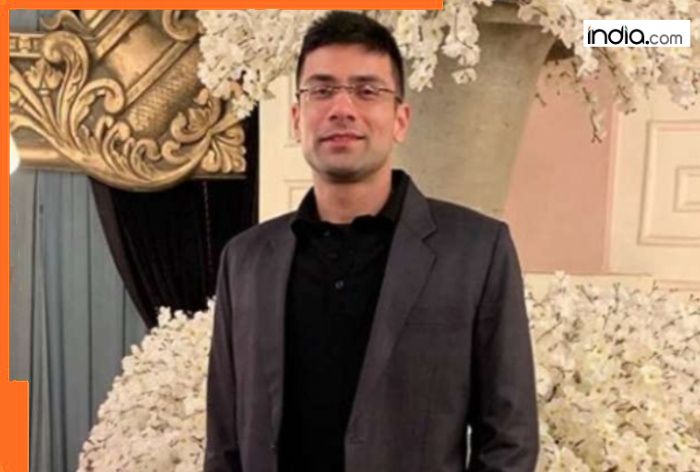Sleep studies, or polysomnography (PSG), are an important diagnostic tool used to identify sleep disorders such as sleep apnea, chronic insomnia, and narcolepsy. But anyone who’s undergone a sleep study knows how ‘unnatural’ they are. I’ve had one, and, for me, being covered in dozens of electrodes and wires before jumping into an uncomfortable bed in an unfamiliar environment wasn’t conducive to a good night’s sleep.
Now, though, researchers from the University of Houston (UH) have revolutionized the sleep study, making it more patient-friendly by eliminating multitudes of wires while providing the same level of performance as the PSG.
“We have successfully demonstrated that our method achieves expert-level agreement with the gold-standard polysomnography without the need for expensive or cumbersome equipment and a clinician to score the test,” said Bavin Sheth, associate professor of electrical and computer engineering at UH and senior author of the published study that details the research. “This advancement challenges the traditional reliance on electroencephalography (or EEG) for reliable sleep staging and paves the way for more accessible, cost-effective sleep studies.”
Paul McClure
Traditional PSG collects at least a dozen channels of biophysical data, including brain activity (EEG), eye movement, muscle tension, heart activity (electrocardiography or ECG), and breathing. An experienced sleep technologist analyzes the data to chart sleep stages and cycles, which is then reviewed by a medical practitioner. For the data collected during PSG to be used to make an accurate diagnosis, sleep stages – moving between non-rapid eye movement (NREM) and rapid eye movement (REM) sleep – need to be reliably classified.
Because the technicians who chart sleep stages are human, they can sometimes disagree. So, the researchers trained a neural network using a large dataset of 4,000 PSG recordings – a total of 38,311 hours of data – with a wide range of sleep stage ratios from people aged five to 90. Although the recordings included data from the many biophysical inputs used in PSG, the researchers only used the input from a single ECG lead. EEG data were excluded.
When they compared expert human-scored PSG-based sleep stages to stages scored by their ECG-based model, which they’ve named ‘cardiosomnography’ or CSG for short, they found the model performed just as well. It was far better than other EEG-less models and commercial wearable devices, such as the Apple Watch, Fitbit, and Oura Ring, that track sleep.
“Our method significantly outperforms current research and commercial devices that do not use EEG and achieves gold-standard levels of agreement using only a single lead of electrocardiography data,” Sheth said.
The researchers’ rejigging of PSG means that, in addition to being less expensive, sleep studies could be made available to more people, including being performed at home, from the comfort and familiarity of your own bed.
“It makes less-expensive, higher-quality studies accessible to a broader community, enabling improved sleep research and more personalized, accessible sleep-related healthcare interventions,” said Sheth.
The researchers have made their complete source code freely available to anyone interested in it. It can be found at cardiosomnography.com.
The study was published in the journal Computers in Biology and Medicine.
Source: University of Houston







